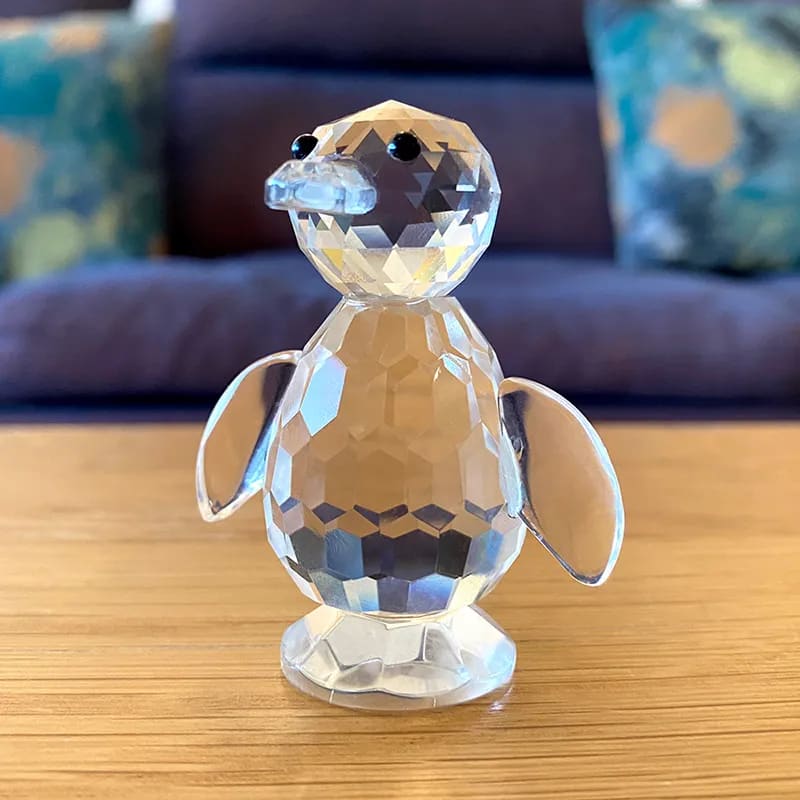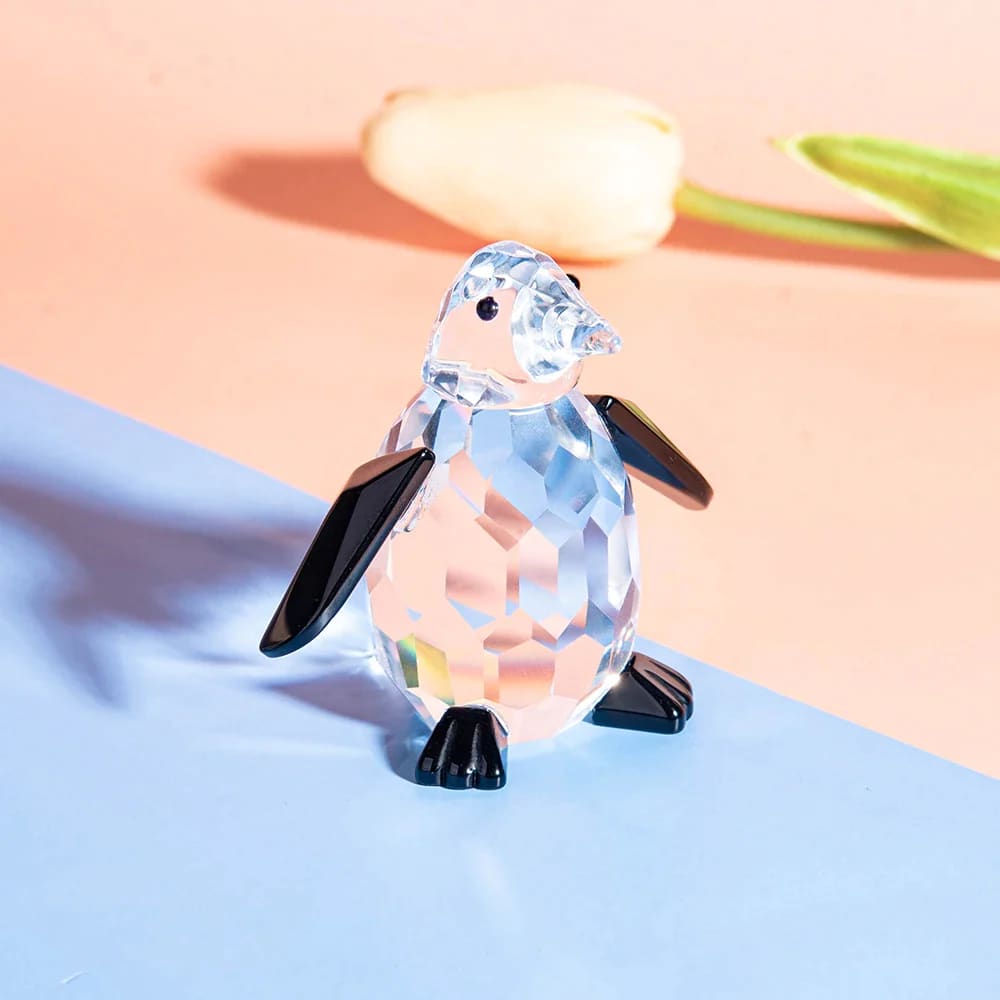How long can penguins stay underwater?
How long can penguins stay underwater? Exploring the remarkable diving abilities of these flightless birds
Adaptation to the aquatic life
Did you know that some penguin species can stay underwater for astonishing durations? With their streamlined bodies and exceptional diving skills, penguins have evolved to thrive in the depths of the ocean. These remarkable birds have adapted to the challenges of underwater life in fascinating ways.
Equipped with dense bones and a special respiratory system, penguins can dive to great depths while hunting for food. Their ability to hold their breath for long periods allows them to explore the underwater world and search for prey.
The secret behind their extended breath-holding capacity
One key adaptation that enables penguins to stay submerged for so long is their efficient oxygen utilization. Penguins have a higher oxygen-carrying capacity in their blood, thanks to a specialized protein called hemoglobin. This protein binds to oxygen molecules, allowing penguins to store and utilize oxygen efficiently during their dives.
In addition to their hemoglobin advantage, penguins have developed the ability to slow down their heart rate during dives. This reduced heart rate helps conserve oxygen and extends their time underwater. By carefully managing their energy expenditure, penguins can maximize their dives and increase their chances of securing a meal.
Furthermore, penguins have the remarkable ability to shunt blood away from non-essential organs towards vital organs, such as the heart and brain, while diving. This redirection of blood flow helps ensure that critical organs receive sufficient oxygen, even during extended periods underwater.
The emperor penguin's deep dive record
When it comes to impressive diving feats, the emperor penguin takes the crown. These majestic birds can dive to stunning depths, reaching up to 1,750 feet (535 meters) and holding their breath for an astonishing 22 minutes. Such remarkable capabilities allow them to hunt for food in the inhospitable waters of Antarctica.
During these dives, emperor penguins rely on their streamlined bodies and powerful flippers to navigate through the water with agility and precision. Their exceptional adaptations enable them to withstand the cold temperatures and pressures at great depths, making them true diving champions.
Other penguin species, such as the king, Adélie, and chinstrap penguins, also showcase impressive diving abilities, although not as extreme as the emperor penguin. These species can typically dive to depths of around 300 to 600 feet (90 to 180 meters) and hold their breath for about 5 to 10 minutes.
Survival strategies in the underwater realm
Penguins have not only mastered the art of diving, but they have also developed various survival strategies to thrive in the depths of the ocean. These strategies allow them to navigate through the challenges posed by predators, food scarcity, and the ever-changing underwater environment.
One such strategy involves their exceptional swimming skills. Penguins use their wings as flippers, propelling themselves through the water in search of food. With their sleek bodies and strong flippers, they can maneuver swiftly and chase down agile prey, such as fish, squid, and krill.
Camouflage and stealth: The art of surprise
To avoid becoming a meal themselves, penguins have evolved incredible camouflage techniques. Their black dorsal feathers blend seamlessly with the dark depths of the ocean when viewed from above, making it harder for predators to spot them. From below, their white bellies help them disappear against the bright surface, providing effective camouflage against potential threats.
In addition to their camouflage, penguins also employ stealth as a survival strategy. By remaining quiet and minimizing unnecessary movements, they reduce their chances of attracting the attention of predators. These stealthy behaviors enhance their chances of capturing prey and avoiding becoming prey themselves.
Furthermore, penguins use their remarkable underwater agility to their advantage. Their ability to change direction quickly and dive to escape predators is a crucial survival mechanism. By employing swift and unexpected maneuvers, they outmaneuver potential threats, leaving predators puzzled and empty-handed.
Social dynamics: Strength in numbers
Penguins are known for their strong social bonds and group behaviors. When it comes to survival, their strength lies in numbers. By forming large colonies, penguins can deter predators through collective defense.
In the water, penguins often swim together, forming groups called rafts. These rafts serve multiple purposes, such as protecting individuals from predators and facilitating the search for food. Penguins take turns diving and surfacing, allowing each member of the raft to benefit from the safety and efficiency of the group.
Within these colonies, penguins also rely on synchronized behaviors and vocalizations. These coordinated actions help establish social hierarchies, locate potential partners, and communicate vital information about food sources and threats. By working together, penguins increase their chances of survival in the demanding underwater realm.
Conservation efforts and the future of penguin diving
As remarkable as penguins are in their underwater abilities, they face numerous challenges in the modern world. Climate change, overfishing, and habitat destruction are some of the threats impacting penguin populations around the globe.
Conservation organizations and researchers are working tirelessly to protect and preserve penguin habitats, ensuring these incredible birds can continue to dive and thrive in the future. By raising awareness, implementing sustainable fishing practices, and establishing protected areas, we can contribute to the survival of penguins and the rich marine ecosystems they call home.
Adapting to a changing world
Penguins have demonstrated their resilience and adaptability in the face of changing environmental conditions. However, the rapid pace of climate change poses unprecedented challenges for these incredible creatures. Warmer waters, shrinking ice shelves, and disruptions to food availability threaten the delicate balance of their ecosystems.
Through ongoing research and conservation efforts, we can gain a deeper understanding of penguins' unique diving abilities and their vital role within the marine ecosystem. By taking action to mitigate the effects of climate change and protect their habitats, we can ensure that future generations will continue to marvel at the remarkable underwater world of penguins.
The urgency of conservation
Preserving penguins and their diving abilities is not only crucial for the survival of these charismatic birds but also indicative of the health of our oceans as a whole. By safeguarding penguin populations, we contribute to the preservation of biodiversity and the long-term sustainability of marine ecosystems.
It is our collective responsibility to act now and protect the habitats and resources that penguins rely on. Through international collaborations and individual commitments, we can make a difference in the world of penguins and help secure a future where they can continue to amaze us with their incredible underwater feats.
Discover the wonders of penguin diving
From their exceptional breath-holding abilities to their remarkable survival strategies, penguins are truly fascinating creatures of the underwater realm. The next time you spot these flightless birds waddling on the ice or gracefully diving into the ocean, take a moment to appreciate the incredible adaptations and skills that allow them to thrive in their aquatic habitat.
Join us in celebrating the fantastic world of penguins, and let's work together to ensure that they can continue to enchant us with their mesmerizing dives for generations to come.
Key Takeaways:
- Penguins can stay underwater for extended durations, with emperor penguins holding the record for the deepest dive and longest breath-holding time.
- Their remarkable adaptations, such as efficient oxygen utilization and the ability to redirect blood flow, enable them to thrive in the depths of the ocean.
- Penguins utilize a range of survival strategies, including camouflage, stealth, and social behaviors, to navigate through the challenges of the underwater environment.
- However, penguins face threats from climate change and human activities, highlighting the importance of conservation efforts to protect their diving abilities and habitats.
- By taking action and supporting conservation initiatives, we can ensure the future of penguins and the marine ecosystems they inhabit.



























